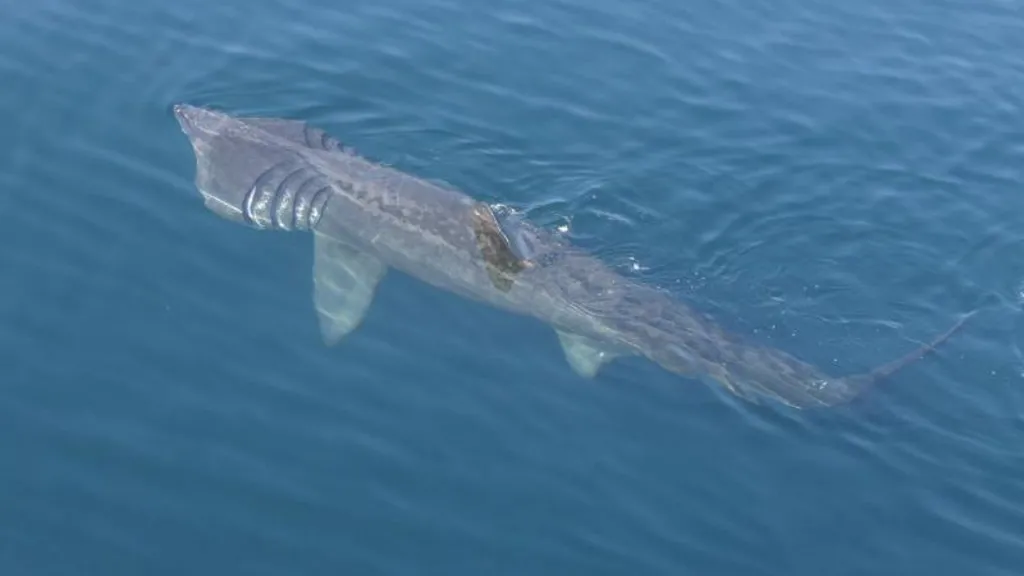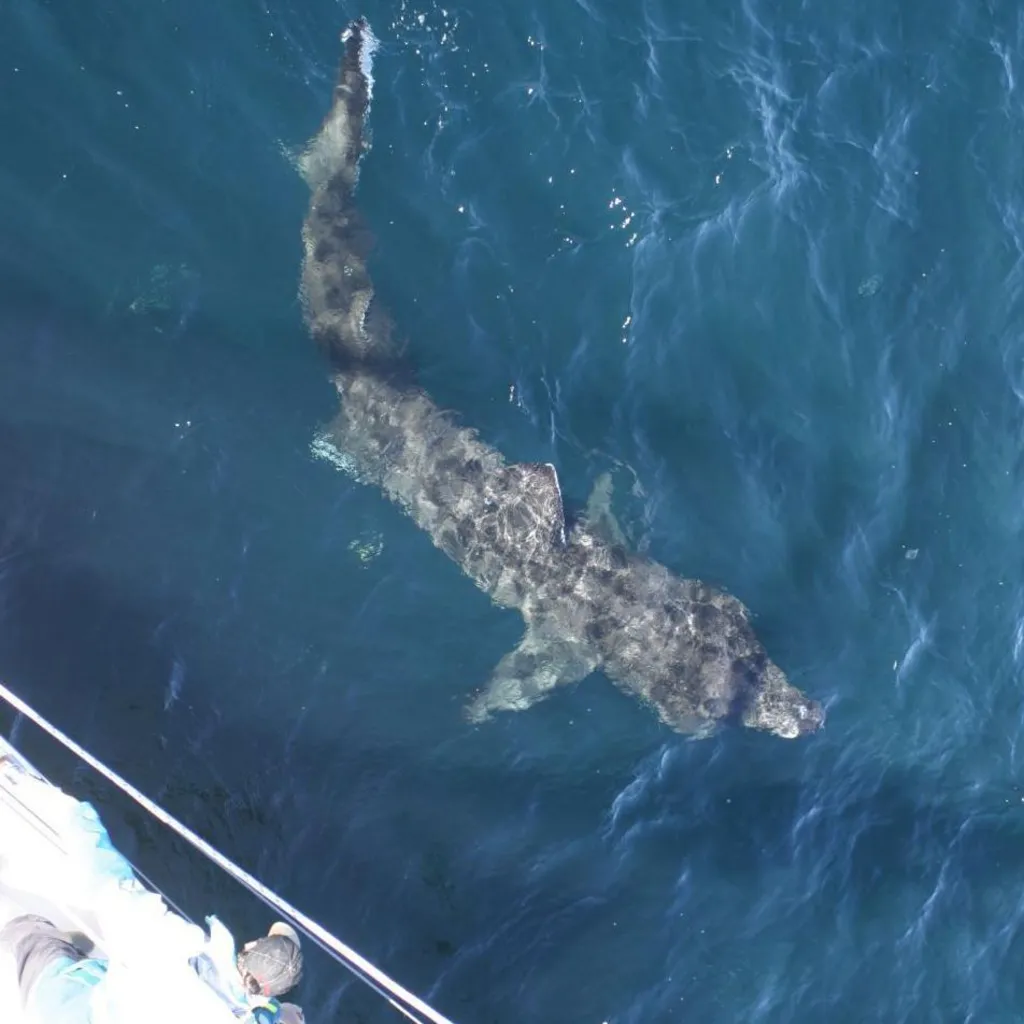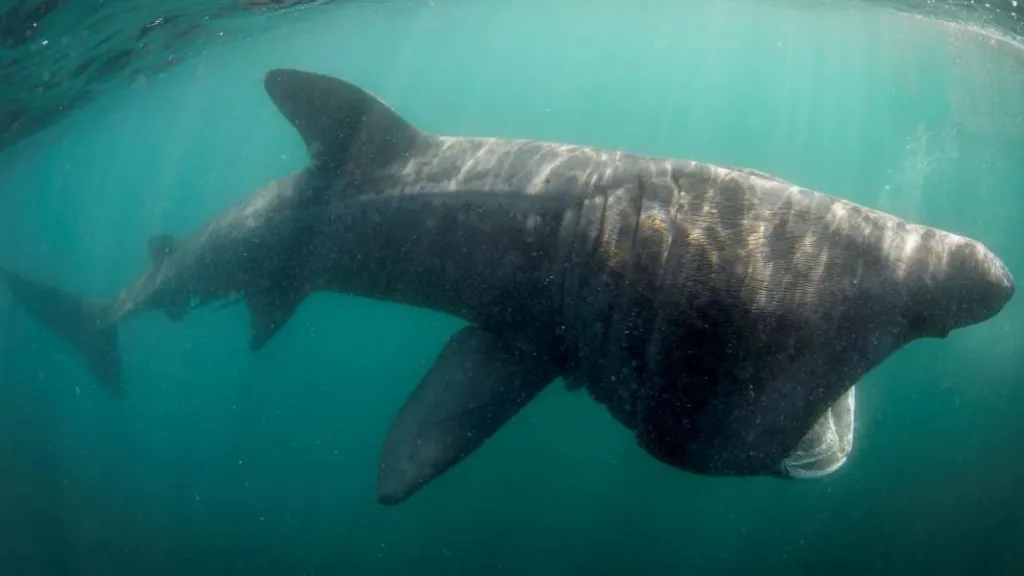Decline in Scottish Basking Shark Sightings Reaches 20-Year Low
Conservationists report that sightings of basking sharks along Scotland’s west coast have dropped to their lowest level in two decades. These sharks, the second largest fish species in the world after whale sharks, usually gather in these waters from May to October to breed and feed on plankton.
Surveys by Hebridean Whale and Dolphin Trust (HWDT)
For over 20 years, the Hebridean Whale and Dolphin Trust (HWDT) has been monitoring large marine animals, including basking sharks. In 2023, HWDT recorded just seven sightings, a stark contrast to the 162 sharks spotted in 2010, which marked their best year. The survey covers Scotland’s west coast, stretching from Cape Wrath in the north to the Inner Hebrides in the south.
Focus on Further Analysis
Given the sharp decline, HWDT recommends further research to understand the reasons behind the low numbers. Most sightings in 2023 were within the Sea of the Hebrides Nature Conservation Marine Protected Area, with a similar count reported in 2022.
Potential Causes of Decline
Rona Sinclair of NatureScot expressed concern over the declining shark population, citing possible causes such as changes in zooplankton availability, a key food source for basking sharks. However, she also noted the possibility that some sharks may still be present but at depths not easily observable.

The Importance of Continued Collaboration
Sinclair emphasized the need for continued collaboration with researchers to monitor the health and behavior of basking sharks. “These giant beasts—the world’s second-largest fish—are crucial to our marine ecosystems, and understanding their status helps us take appropriate conservation measures,” she said.
Basking Shark Migration and Past Exploitation
Basking sharks, classified as endangered, can grow up to 10 meters (33 feet) long. Despite their massive size, they are filter feeders with no teeth, relying on plankton for sustenance. They migrate between Scotland and the waters around Madeira and the Canary Islands off West Africa.

Historically, basking sharks were hunted in Scotland until 1994, primarily for the squalene-rich oil in their livers, used in industrial lubricants, cosmetics, perfume, and artificial silk.
Rise in Minke Whale Sightings
Interestingly, while basking shark sightings fell last year, HWDT recorded its highest sighting rates of minke whales. The trust noted that when basking shark numbers are high, minke whale sightings tend to be lower, and vice versa. The reason behind this inverse relationship remains unexplained, but climate change is considered a potential factor.
Protecting Scotland’s Marine Biodiversity
Dr. Lauren Hartny-Mills of HWDT highlighted the urgency of understanding changes in Scotland’s seas amidst ongoing nature and climate crises. “Gaining new insights is vital for the protection of these remarkable animals and the rich biodiversity of this world-class marine region,” she said.
